Part I: BNZ the Gun Itself
Intro: BNZ Radoms and its History
Hey, guys, and welcome to another walk-inn Wednesday. Today, I have a very interesting piece that I want to share with you and an interesting story. Now it's going to be a difficult conversation. There are two parts to this. It was it was a BNZ radom that came in the door this week. Guy dropped this off. It's a very rare gun. BNZ made it the Steyr factory. But the reason that the person brought it into me is the difficult part of this conversation?
So first, I'm going to talk about the gun, and then I'm going to talk about the conditions in which this gun was made. The person that brought it in owned it for quite a while. And he said he did some reading about the BNZ factory and read that they used forced labor. Also, there's some there are some comments about them using concentration camp workers in order to manufacture these guns. Now, I've heard that story for a while. When I met at shows, I hear it about the BNZ marked K98, and I've heard it about the Steyr guns in general that they use slave labor.
Polish Pride in Radom Guns
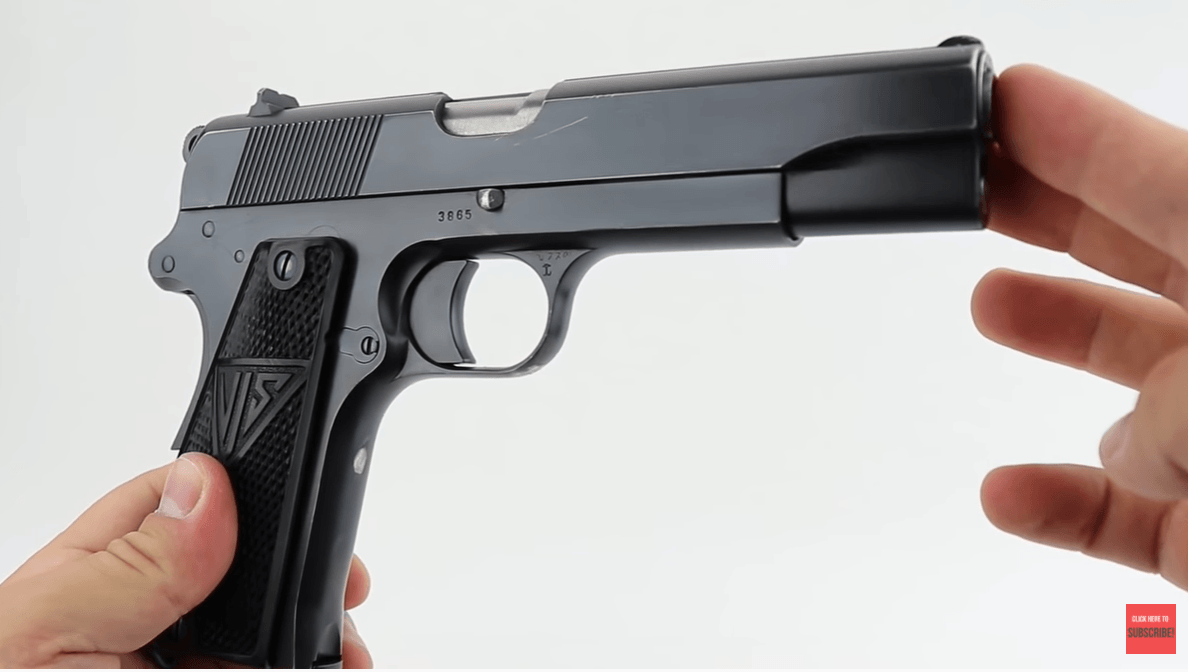
So he, in particular, said, I don't want it in my house anymore. I don't like what it represents. That's the difficult part of this conversation. And we'll do that second. First, let's talk about the gun. So in order to talk about this gun, I need to give you a brief overview of Radoms are very popular collectors gun. And in fact, in the Polish American community, we saw a lot of these Polish Radoms and the Polish people take great pride in the manufacture of this gun.
Supply is Low on BNZ Radoms

And therefore, whenever we have one, we have people with very Polish names who will write in and say, I want that gun. They actually sell for a lot of money because they didn't make very many of them. It was made from 1936 up until 1939 when the Germans took over the factory in September of thirty-nine. But if you take a look at this gun, you can see the Polish eagle. And in fact, this is called a Polish Eagle Radom.
Polish Eagle Radoms: Hard to Find
They are hard to find. This particular one was made in nineteen thirty-six. So this is a pretty rare one. I think they only made about a thousand this year. This beautiful finish they work in a lot like the semi-automatic colts' and. And Brownings, you can see it has a similar design, and the takedown is similar to the 1911 colt. But it's a nine millimeter. Always made it in nine millimeters. It came in a holster that looks like this.
Even the Holsters can be Hard to Find

These holsters are actually very rare to find this holster alone in this condition can be about twenty-five hundred dollars. The guns, I've seen them anywhere from five thousand to nine thousand for the gun. So that's just giving you a ballpark of what a rig like this costs. And these were issued to the Polish officers. This is what it looks like on the inside. I think it's kind of interesting because it came with this brass cleaning run and it came with the mag in there and then to spare mags.
So, it's a very interesting rig. Hard to find rig, I'm proud to be the owner of this one. As I said, these were issued to Polish officers. Not too many of them survived the war. The officers were well rounded up by the Russians when the Russians came in. They executed the officers that came in, and they executed more officers. So not many survived. Then in September of nineteen thirty-nine.
1940 Germans Produce Radoms
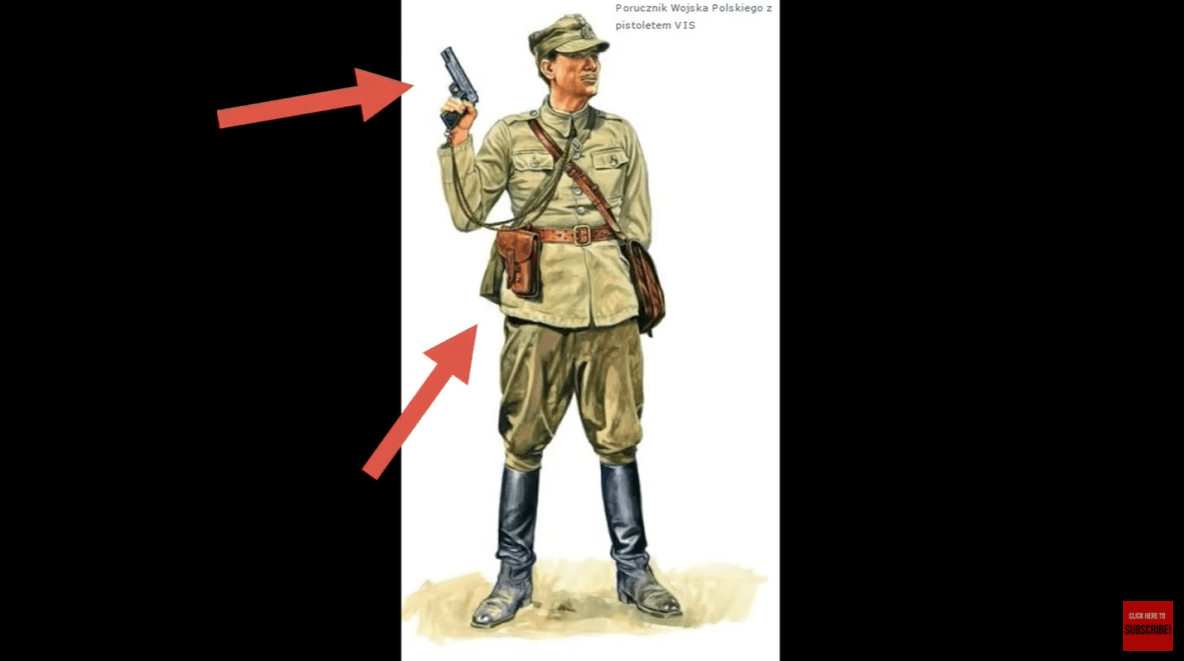
So certainly by 1940, the Germans were producing the Radom. Again one of the things I read is this is a favorite among the SS probably because of the way it operates. I've also heard the Browning high-power was a favorite among the SS. You can tell the Nazi ones because they remove the Polish eagle, and also they're all Waffen stamp. These are Waffen seventy-seven, which is the Polish factory proof Mark, basically saying it was approved by the Nazis and was made in the Radom factory.
Not as expensive, but very desirable to the collector community. So the holster that goes with this. There's a black one and a brown one. These are in mint condition, as the gun comes from my personal collection. You can see it on the inside. It says P35, which is the model. And usually, there's a date. There's also a Waffen stamp that will often stamp. It just means it was approved for the German army again.
Steyr Factory Started to Pick Up Production of these Guns
Then like all the other manufactured guns in Nazi Germany, the finishes began to deteriorate, and the Russians were closing in. By 1944, the Russians were at the gate, so to speak. You could hear the artillery coming in, and they were moving in on. So also 1944, they started shipping the parts to the Steyr factory, which was further into was actually in Austria. So further into the heartland of Germany, they began to move all the parts, and they were then assembled in the Steyr factory.
77 and 623 Proofs
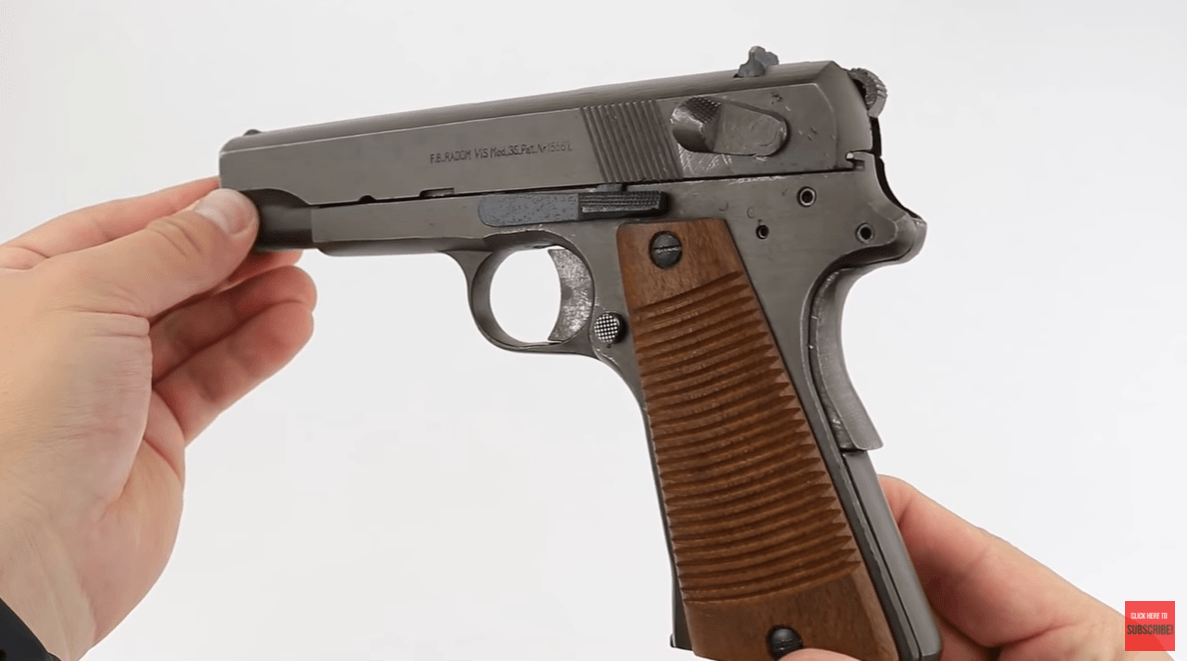
You can tell that because the later guns will have the seventy-seven proof, which says it was made in Radom. But then the final proof is 623. 623 proof says that it was actually even though the parts were made in Poland, they were shipped to the Steyr Factory and assembled there. You can see how that says the Finnish has deteriorated. Now it has a phosphate finish, which a lot of the late war guns showed this phosphate finish.
Phosphate Finishes Wear over Time and Puzzle Us
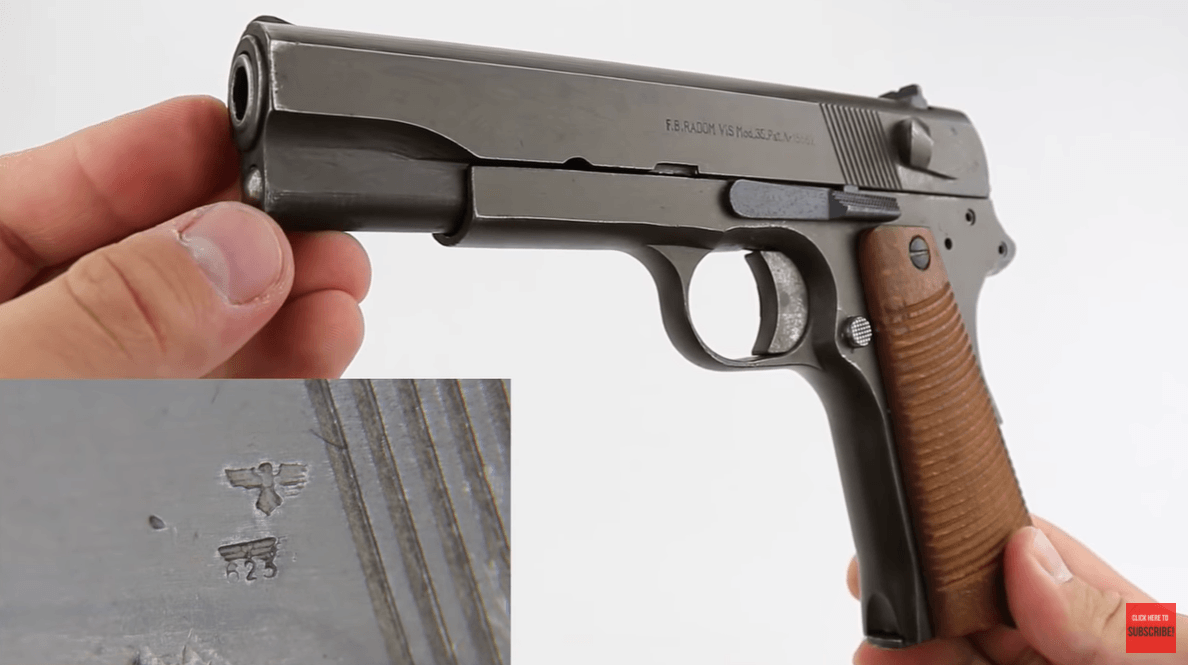
You know, I can't figure out why they like the phosphate finish. Well, why they used it. It must have been a lot cheaper because it certainly doesn't hold up as well as the original blues. But I see the phosphate finish does wear out pretty quickly. This is in excellent condition. And like other variations, they did a wooden grip. So you see other variations of German pistols. They went to a phosphate finish, and a wooden grip seems to be a winning combination for the end of war guns.
1945 the Russians Move In
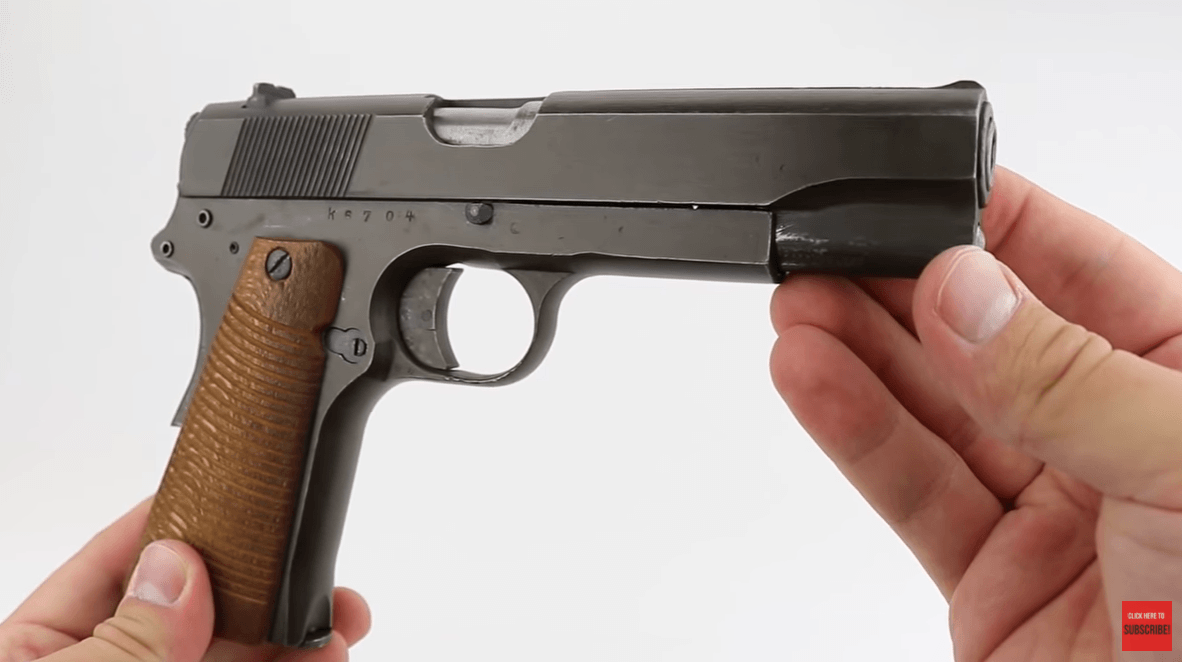
So there's an example of a gun that had parts that were made by in the Radom factory and then put together in the Steyr factory. So by nineteen forty-five, the Russians actually did come into Warsaw. And so they needed to move the whole factory. So not only did they move all the parts and everything, they moved the equipment, the machine, everything was transferred, and a lot of the workers were forced to leave Poland and go to the Steyr factory where they made a rare variation known as the BNZ.
Now, BNZ is the factory code for the Steyr factory. And if you know K 98, they have BNZ marked K98. And this is one of a thousand guns that were made at the Steyr Factory with the BNZ marking. Again, you see a phosphate finish. Even the magazine is a phosphate finish, and it has the wooden grips. You won't see any seventy-seven proofs on this. They're all Steyr Factory 623. They're very crudely made. You see, they removed a second safety here. There's one safety instead of two. You see, this has two safeties, and they've removed one. It made it a little simpler and cheaper. So that's the BNZ.
Only around 1,000 BNZs Made
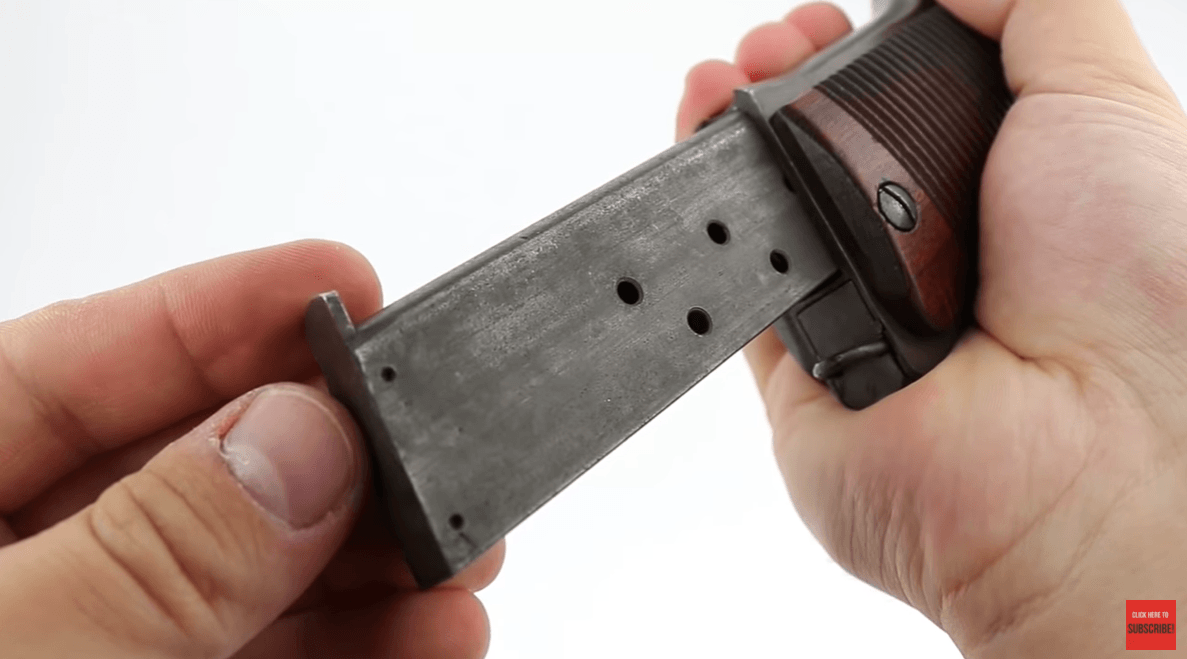
Under Nazi occupation, there are over three hundred thousand Radoms made for the German Army and only a thousand BNZ. So that makes this gun very rare. And when I walked in the door, I was happy to see it, but I was a little distressed by the reason it came in the door.
Part II: Why Collect Nazi Memorabilia? Does that Make Me a Bad Person? Should I feel Guilt About It?
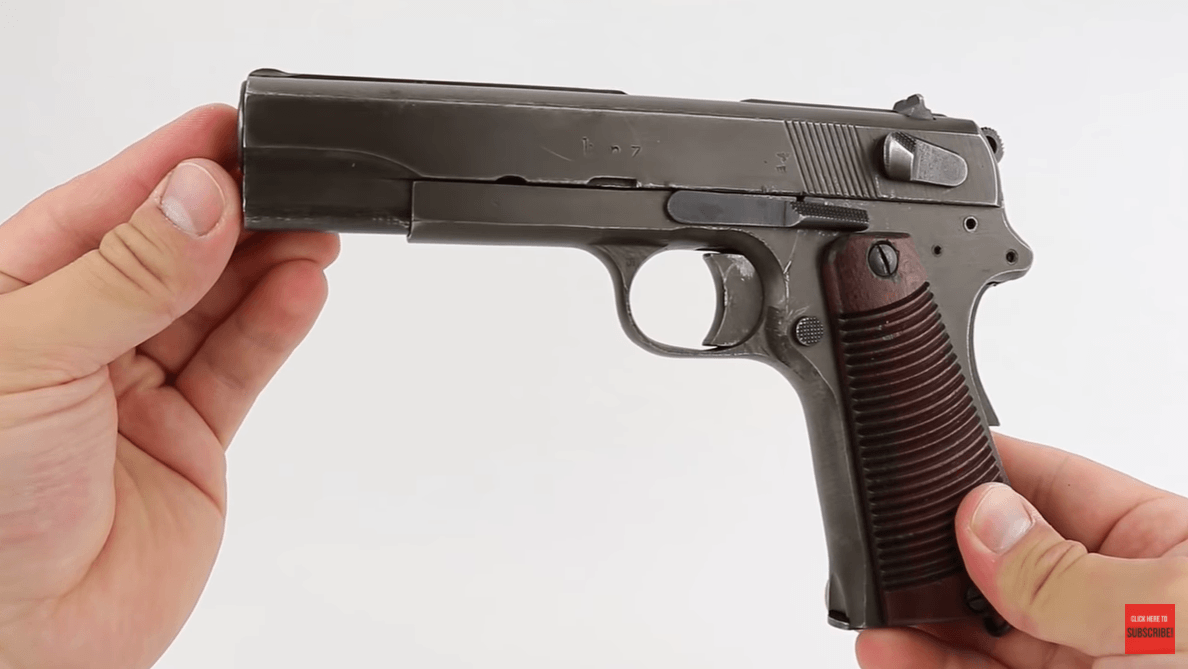
Maning Up and Addressing a difficult Topic: Why Collect Nazi Memorabilia?
OK, now let's talk about the hard part of this conversation because it's something that I've been dealing with for years. I started collecting 30 years ago, and I loved the world war two, most of all. And I started with the German pistols. A lot of people gave me a hard time about why do you honor the Nazis? Why do you collect their stuff? I've never viewed it that way. But I also understand why people might say that.
One Can Find Nazi and WWI Memorabilia Interesting without Subscribing to its or their Ideology
I have no criticism of the people who just don't want to have this stuff in their house. They don't want to be associated with it. But I've always viewed it, and I have talked to other collectors, in fact, Jewish collectors, who will tell me that the ultimate way to show domination over a people or ideology is to conquer them and you take their stuff. The other thing about collecting German Nazi items, it is really popular, and even at Legacy, you know, we sit around and talk about this with our whole crew.
Why is Nazi Memorabilia More Popular to Collect?
Why is this stuff more popular? I mean, we have World War One stuff, we have Vietnam stuff, we have civil war stuff. But by far the most popular is the Nazi stuff. And another explanation, not only is it a symbol of domination over that ideology, which is a failed ideology, by the way, it was one of the few wars that I can think of that was purely good against evil.
WWI Clearer Lines: Good vs. Evil
Now, I'm not saying everything the United States did was good, but I'm saying we have an evil ideology that has to be destroyed. And so for me, collecting the Nazi stuff makes sense. I enjoy it. I love the history of this stuff. And I think if we don't study the history, we're bound to repeat the same mistakes.
If One does Not Study History We are Bound to Repeat It
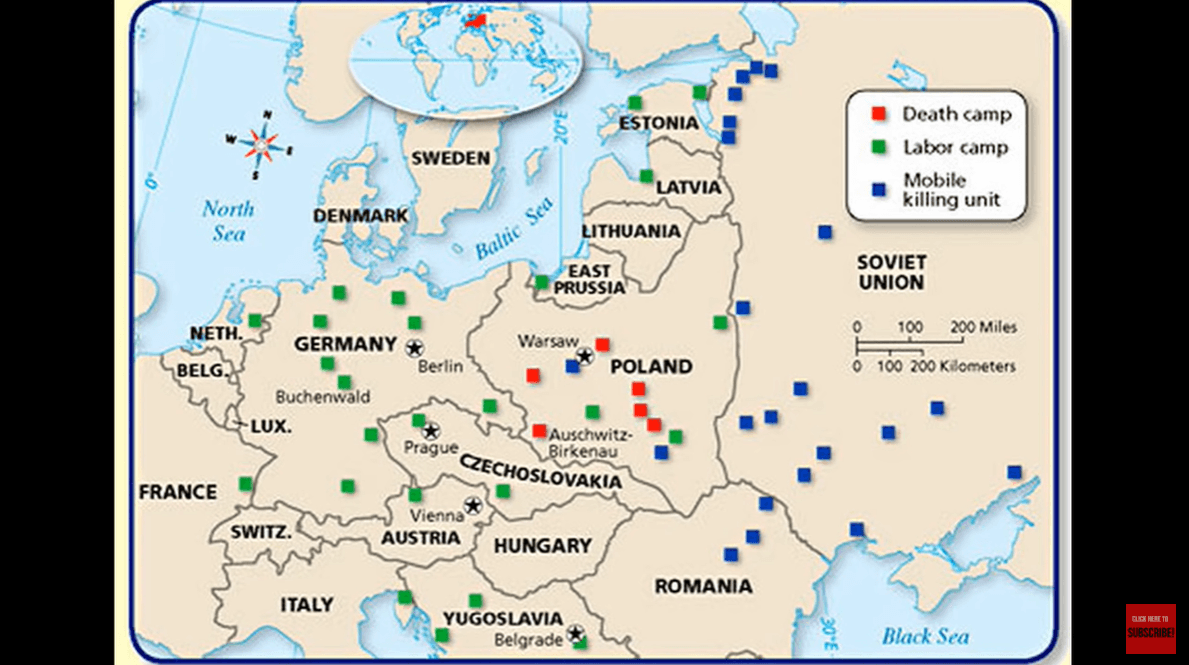
So let's study the history a little bit. We all know that six million Jews were killed. And more than were interned in concentration camps. The only ones we really hear a lot about are things like Auschwitz, Buchenwald, Dachau, Treblinka. We can name those off the top of our heads. But what I didn't realize until I researched it a bit. There are almost 70 concentration camps throughout Germany and in the conquered countries. So over 70 concentration camps, most of whom you've never even heard about. They were throughout the entire Third Reich, and any factory that was set up near one of these camps would have workers brought in.
History of Schindler's List
Now, the system was very corrupt. You'd have to go to the movie Schindler's List, which I went back and rewatch. And it was it really helped me to watch it a second time because it explained a lot from the very beginning. Oskar Schindler, they show him paying bribes to people who were at the camp. And there were some labor camps. They were all forced labor camps. And there are some criminals that were put away in labor camps, and these would be like petty theft kinds of things.
Disturbingly 12 Million People were sent to Concentration Camps
Gypsies were put in concentration camps. Homosexuals were put in concentration camps. So there were actually 12 million people that were interned into concentration camps, not just Jews, but other people as well. The most people that were rounded up were the Russians. Over five million Russians were rounded up and put into concentration forced labor situations. And then Poland was second in terms of the number of people that were interned into these concentration camps or forced labor camps.
Bribes and more Bribes
So on the forced labor, let's go back to Schindler's List, which is a very factual movie. A lot of Hollywood movies have been like juiced up a little bit. But what from what I can tell, it was extremely factual in terms of what happened. There were a lot of bribes paid. If you remember the concentration camp director who was a brute, he became friends with him. He provided women, money, alcohol, gifts. That was very common. There were over 2,000 factories that used forced labor. So these are household names, which I'm not going to name because I'm liable to get here from a lawyer.
A Hard Truth
So I'm not going to name. But household names that you all know use forced labor during the war. Schindler, who made pots and pans, used forced labor, Mauser, Krieghoff, Walther, Steyr. Basically, all the guns we collect, they use forced labor. Nobody was treated well, but you don't hear horror stories about the Walther factory, or the Krieghoff factory or other factories. But you do hear horror stories about this Steyr factory. And most commonly, you hear horror stories about the coal mines where people were forced to dig in the coal mines.
And then also for the V-2 rocket program, that was all underground mines. And they were forced to dig out the underground mines. And at the V-2 factories of the death rate was extremely high. It was over 50 percent of the people who worked there died, whereas I did read that the death, the survival rate in some of the factories was actually like ninety-five percent. So there was not as much death. Now, I don't want to say there's anything good about forced labor, but let's go back and look at Schindler's List again.
Schindler’s List Unfathomable Facts
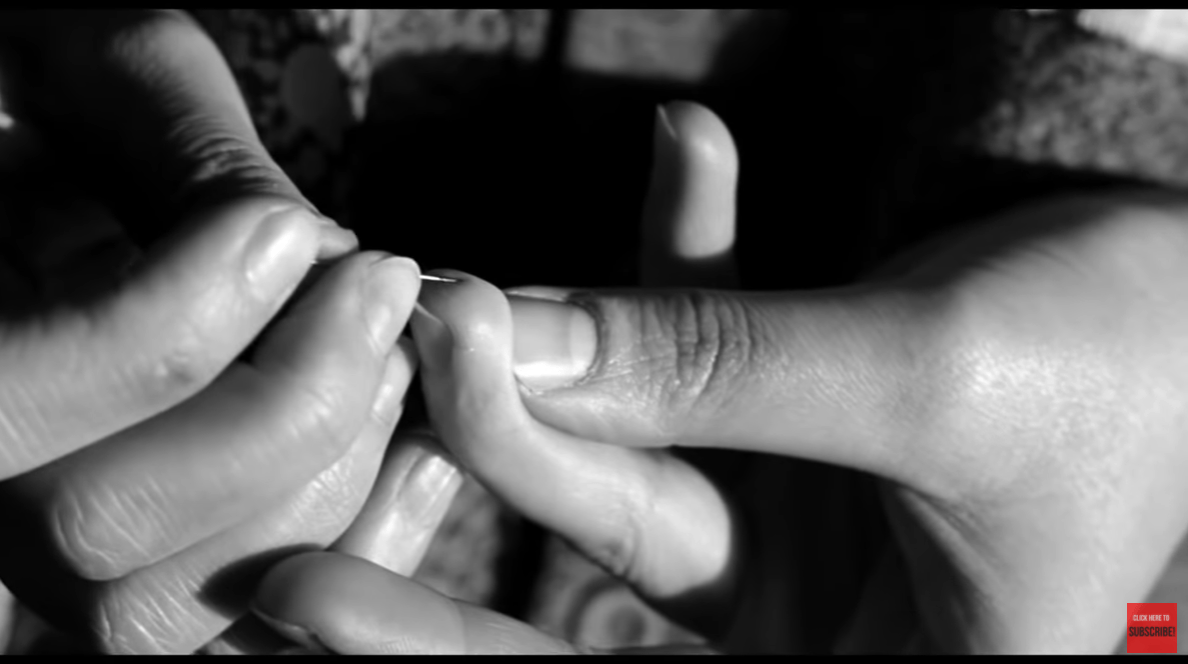
Schindler was getting people he was getting people, Jews from the concentration camp, and keeping them alive by giving them work. If you watch the movie, the shows, they were rounding up the women for inspection, and they would regularly, maybe periodically every month they needed space. So they would march everybody out there, men and women, they would have a doctor who would say, you go to this line, extermination. You go to this line to the work camps.
You see the women. It's imprinted in my brain that they would pick their finger, take the blood and rub it on their cheeks and rub it on their lips to give themselves more of a healthy look, a reddish healthy look instead of the pale, ashen look that they actually had. And they did that in order to live another day. And so in some twisted way, the fact that these people were taken to a labor camp kept them alive. I'm not justifying any of that.
Gruesome Facts Grappled with by Collectors

I'm telling you, I struggle with those facts as a gruesome fact that we have to deal with as collectors. But the truth is, a gun or a pan that was that was made with forced labor in a way, in an odd, strange way, kept someone alive for a little bit longer because they avoided the gas chambers. One piece of information that I learned in doing the research on forced labor was so the idea of subcamp,
SubCamps during WWII
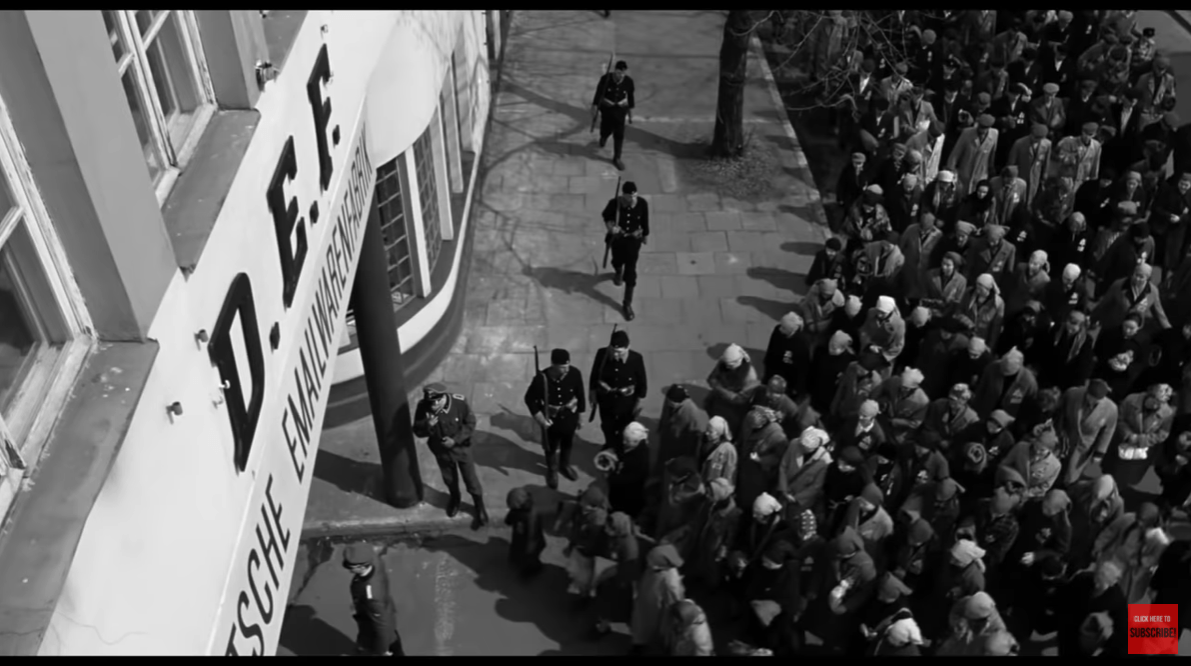
There are actually 68 sites that were used for forced labor, and they said that does not include subsites. So under certain concentration camps, there were sub sites. And that's the really the story of Schindler's List. He started using Jewish labor out of the ghetto in Poland. So he was he was bussing people in from the Polish ghetto into his factory. But on the night that the Germans went in and cleaned out the ghetto, he knew about it in advance.
Schindler’s Sub Camp
So he told his workers not to go home that night. They spent the night in the factory. He then went to the German hierarchy and proposed setting up his factory as a subcamp. And he encouraged his other industrialists to do the same thing. Basically, instead of bussing people back and forth from the concentration camp to the factory. He said, Why not? I'll set up a place for them to live. I'll feed them and take care of them.
The compromise was, you know, they would send German guards to the factory to guard the factory. And so they lived at the factory. And many of his industrialist friends did the same thing. They set up sub-camps to save on transportation back and forth when they worked in the factory. They had meaningful work to do. They were treated well. And I didn't want them to have to go back to the horrors of the concentration camp. So he let them stay in his factory.
They lived at the factory. And then at the very end, there's this video clip. You can see him talking to the workers with the German guards who worked at his factory. He's speaking to his workers and to the German guards. Let's watch that.
Famous Scene from Schindler’s List
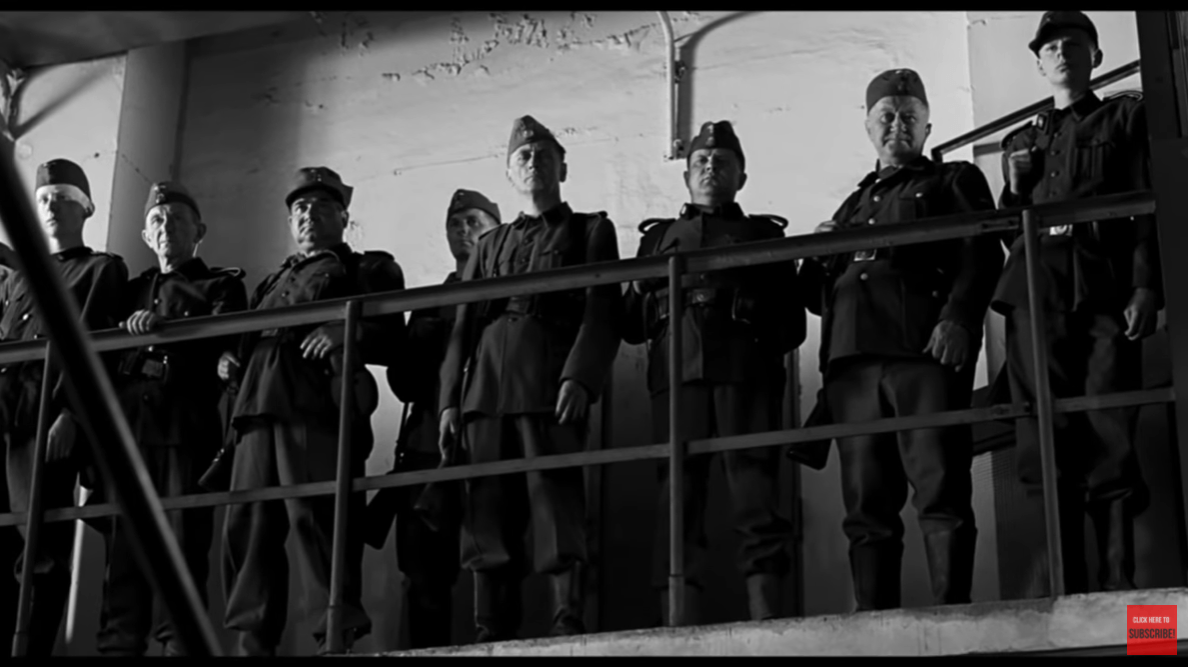
“I know you have received orders from the commandant, but he has received from his superiors to dispose of the population of this camp. Now would be the time to do it. They are. All here. This is your opportunity. Or you could leave and return to your families as men instead of murderers.”
Honor those Who Have Sacrificed Everything
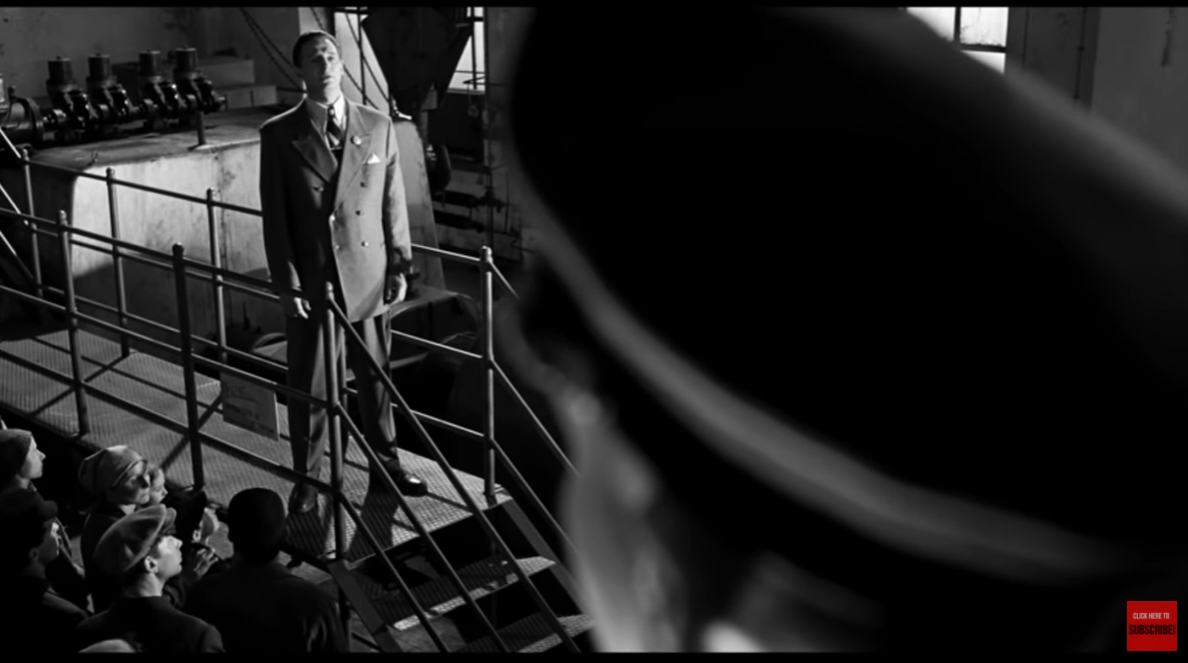
As I said, this is a very controversial, difficult topic. I personally struggle with it in terms of my own collecting. And the guy who brought this in said, I just don't want it in my house anymore, what I'm encouraging you to do. I don't want to tell you how to think, but I do want you to think I want you to think about what happened in Germany. The 12 million people who were rounded up, many of them who did not survive the war and think about the people who worked in these camps.
Never Forget but We Keep Moving Forward
Two thousand companies that used forced labor. A very sobering topic. Please, I hope I haven't offended anybody, but I want to hear. This is the truth about collecting German stuff, and it's important that you know it and think about it and take a stand to make sure nothing like this ever happens again.
